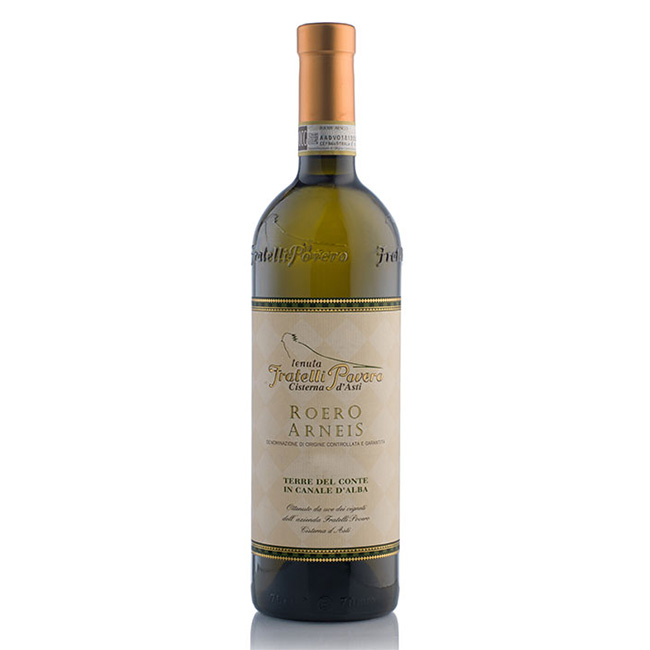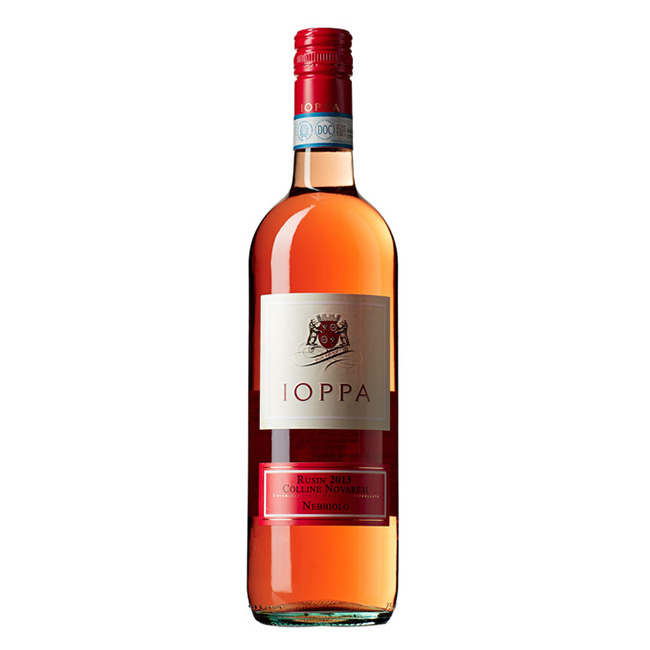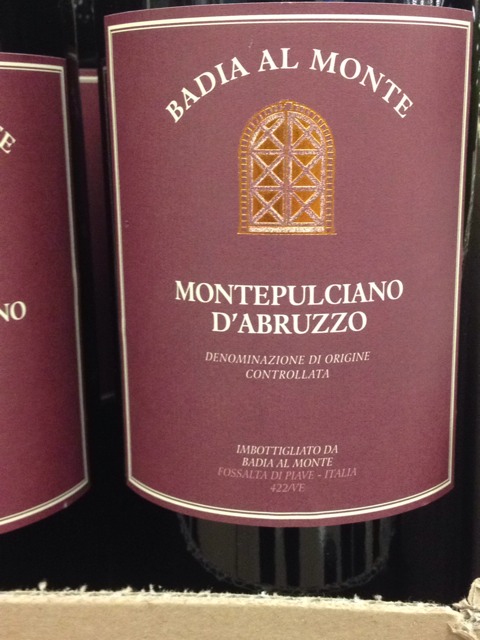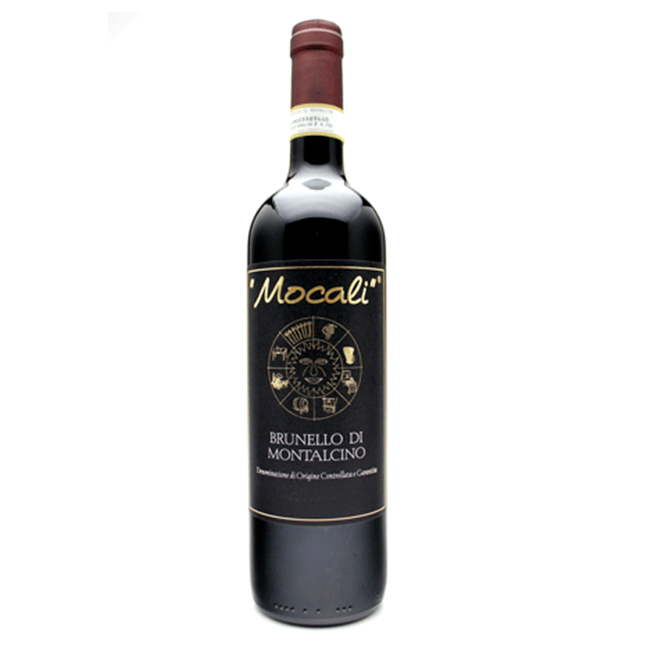Even More Italian Wines
Join us this Friday April 22 and Saturday April 23 for our weekly tasting.
Fratelli Povero Roero Arneis 2015
 The Arneis vine, whose origin is lost in the mists of time, has been cultivated since antiquity in the hilly and sandy soils of the Roero. Here the Tenuta Fratelli Povero owns the “Terre del Conte” vineyard from which they obtain all the product necessary for the production of their Roero Arneis, a wine that is now counted among the great D.O.C.G.
The Arneis vine, whose origin is lost in the mists of time, has been cultivated since antiquity in the hilly and sandy soils of the Roero. Here the Tenuta Fratelli Povero owns the “Terre del Conte” vineyard from which they obtain all the product necessary for the production of their Roero Arneis, a wine that is now counted among the great D.O.C.G.
whites.
This wine is straw white in color with greenish reflections. Has an intense and fresh bouquet. Its dominant characteristics, more or less are the fresh hay, the pippin apple, almond and pineapple. It is a good aperitif and goes well with appetizers, creamy and velvety soups and with fish dishes.
What makes this wine so special is the sub-appellation Roero and its sandy soil from which it is grown. Roero is the name of a banking family that dominated this area in the midieval period for centuries. This sandy high mineral soil was once dedicated to orchards, but now it is home to some of the greatest red and white wines of Piedmont, Italy! Cooper’s Price $12.99
Ioppa, Colline Novaresi Rusin Rosé 2015
 Azienda Agricola (Farming Business) Ioppa is one of the crown jewels in northern Piedmont, Italy. Established in 1852 in the village of Romagnano Sesia, on the banks of the Sesia River. With a stunning view of Mount Rosa (the 2nd largest mountain of the European Alps) to the north it is easy to see that the Alps play a major role in the climate and soils that make Ghemme DOCG one of the most unique terroirs in Italy.
Azienda Agricola (Farming Business) Ioppa is one of the crown jewels in northern Piedmont, Italy. Established in 1852 in the village of Romagnano Sesia, on the banks of the Sesia River. With a stunning view of Mount Rosa (the 2nd largest mountain of the European Alps) to the north it is easy to see that the Alps play a major role in the climate and soils that make Ghemme DOCG one of the most unique terroirs in Italy.
Soils are composed of granite, quartz and iron left behind from the retreat of the Mount Rosa glacier at the end of the Ice Age. Ghemme (is a town) is mostly composed of alluvial soils but has one large plateau above the river where the soils are more firm and are a mix of hard clay and mineral rocks of iron and quartz.
The grapes used to make this stunning rose is Nebbiolo, the same grape used to make the massive reds; Barbaresco and Barolo! The grapes are 100% estate. Cooper’s Price $14.99
Badia Al Monte Montepulciano d’Abruzzo 2014

Montepulciano d’Abruzzo is one of Italy’s most famous wines. This classic, well-rounded,plum-scented Italian red is made from Montepulciano grapes grown in the Abruzzo region, on Italy’s Adriatic coast. It is quite distinct from Vino Nobile di Montepulciano, which is a Sangiovese-based wine from Tuscany.
Montepulciano has thrived in Abruzzo since the middle of the 18th century. A plump grape
which gives good yields of easy-drinking wine, it is popular with producers and consumers alike. The variety typically provides deeply colored juice (which varies from ruby to purple depending on vintage and the particular winemaking techniques used) with low acidity and soft, unobtrusive tannins. Cooper’s Price $10.99
Mocali Brunello di Montalcino 2011
L ocated in the South-West zone of Montalcino Tiziano Ciacci’s small farm has been producing quality wines since the early 1990’s. Their viticulture is simple – well positioned vineyard sites, strict pruning to ensure long maturation, and low yields. All this accomplished with organic farming
ocated in the South-West zone of Montalcino Tiziano Ciacci’s small farm has been producing quality wines since the early 1990’s. Their viticulture is simple – well positioned vineyard sites, strict pruning to ensure long maturation, and low yields. All this accomplished with organic farming
In the winery, Mocali blends the use of traditional, large Slavonian oak barrels and French barrique to mature the wines for two years. The results are rich, dark and textured Brunellos that drink particularly well in their youth and continue to age gracefully for years. Cooper’s Price $42.99
Brunello di Montalcino is one of Italy’s most famous and prestigious wines. In Tuscany, its homeland, it shares the top spot with only the highly-prized Vino Nobile di Montepulciano and of course the ubiquitous Chianti. (© Wine-Searcher)
All Brunello di Montalcino wine is made exclusively from Sangiovese grapes grown on the slopes around Montalcino – a classic Tuscan hilltop village 20 miles (30km) south of Siena. The word Brunello translates roughly as ‘little dark one’, and is the local vernacular name for Sangiovese Grosso, the large-berried form of Sangiovese which grows in the area.
The first recordings of red wines from Montalcino date back to the early 14th century, but the all-Sangiovese Brunello di Montalcino style we know today did not emerge until the 1870s, just after Il Risorgimento (the unification of the Italian regions into a single state). Its evolution was due in no small part to the efforts of Ferruccio Biondi-Santi, whose name lives on in one of Montalcino’s finest Brunello-producing estates. A soldier in Garibaldi’s army, Biondi-Santi returned home from the Garibaldi campaigns to manage the Fattoria del Greppo estate belonging to his grandfather Clemente Santi. It was here that he developed some novel winemaking techniques which would revolutionize wine styles not only in Montalcino but in much of Tuscany.
Traditional Brunello di Montalcino winemaking methods involve aging the wine for a long time in large oak vats, which results in particularly complex wines, although some consider this style too tannic and dry. Modernists set the ball rolling for a ‘fruitier’ style in the 1980s, when they began to shorten the barrel-maturation time and use smaller barriques (59 gallon/225L French oak barrels).

